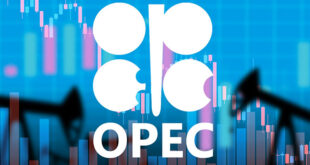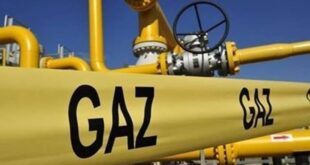US President Donald Trump’s decision on Tuesday to pull out of the Iran nuclear deal can increase pressure on government finances through a higher subsidy bill and pinch consumers by keeping oil on the boil ahead of next year’s general election.
A day after Trump’s decision. global benchmark Brent crude hit its highest since November 2014 at $77 a barrel on Wednesday on fears over tightening supply when inventories are shrinking due to production cut by Opec and Russia since .. December 2016 and an uptick in demand.
The Energy Information Administration added to the bullish sentiment by reporting a drawdown of over two million barrels. double the market expectations. from US oil inventories to indicate healthy demand growth.
But government functionaries played down the rally. saying it would not last long since it was not supported by market fundamentals.
“It is too early to say whether the rally will continue. The time when prices were influenced by physical scarcity is gone. Today. the financial markets play a major role in setting oil prices. In times of geopolitical tensions. investors take position in futures to jack up prices artificially. They will now like to liquidate their position. while other producers may also raise output if there’s supply shortfall. These factors which will calm the market soon.“ a top government functionary told TOI requesting anonymity.
Indeed. fear of disruption in physical delivery of oil from Iran may be premature since Trump has 180 days to decide on slapping sanctions. Besides. other suppliers have assured India to fill any possible supply gap from Iran. The status of India’s talks for investments in Iran’s oilfields will also not be affected till the picture becomes clearer on sanctions and how they pan out.
The worry. however. is that the oil price rally coincides with the rupee’s fall. which amplifies the impact of costlier crude on macro-economic factors and could hurt growth. Crude is India’s largest import item. meeting 82% of the country’s needs. High oil prices widen the current account and fiscal deficits. This weakens the rupee to make everything. including fuel and food. costlier and limits the government’s ability to spend on social sector.
The rupee on Wednesday fell to a fresh 15-month low of 67.42 against the greenback. A further fall may prompt RBI to tighten policy further. making EMIs costlier. Besides. state-run fuel retailers too would not be able to hold their pump prices any longer. They have not revised petrol and diesel prices since April 24. though oil and refined product prices have moved up since then.
Sanjiv Singh. chairman of India’s largest oil refiner and fuel retailer Indian OilNSE -1.17 %. on Tuesday said the moratorium on fuel price revisions is temporary and aimed at “avoiding spikes and panic in the market“.
Economists and investment bankers believe a 10% increase in oil price could raise inflation by 0.2-0.3%. increase CAD GDP ratio by 0.3% and lower overall GDP growth by 0.1%. In a year when crucial states go to polls. it will take much financial dexterity to avoid any negative political fallout of a phenomenon that is beyond the government’s control.
 Iran Energy News Oil, Gas, Petrochemical and Energy Field Specialized Channel
Iran Energy News Oil, Gas, Petrochemical and Energy Field Specialized Channel




